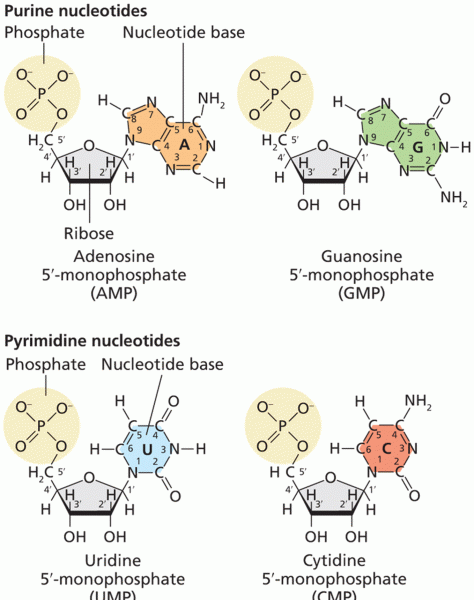This topic contains a solution. Click here to go to the answer
|
|
|
Did you know?
Sperm cells are so tiny that 400 to 500 million (400,000,000–500,000,000) of them fit onto 1 tsp.
Did you know?
Human stomach acid is strong enough to dissolve small pieces of metal such as razor blades or staples.
Did you know?
Human kidneys will clean about 1 million gallons of blood in an average lifetime.
Did you know?
If you could remove all of your skin, it would weigh up to 5 pounds.
Did you know?
The ratio of hydrogen atoms to oxygen in water (H2O) is 2:1.







